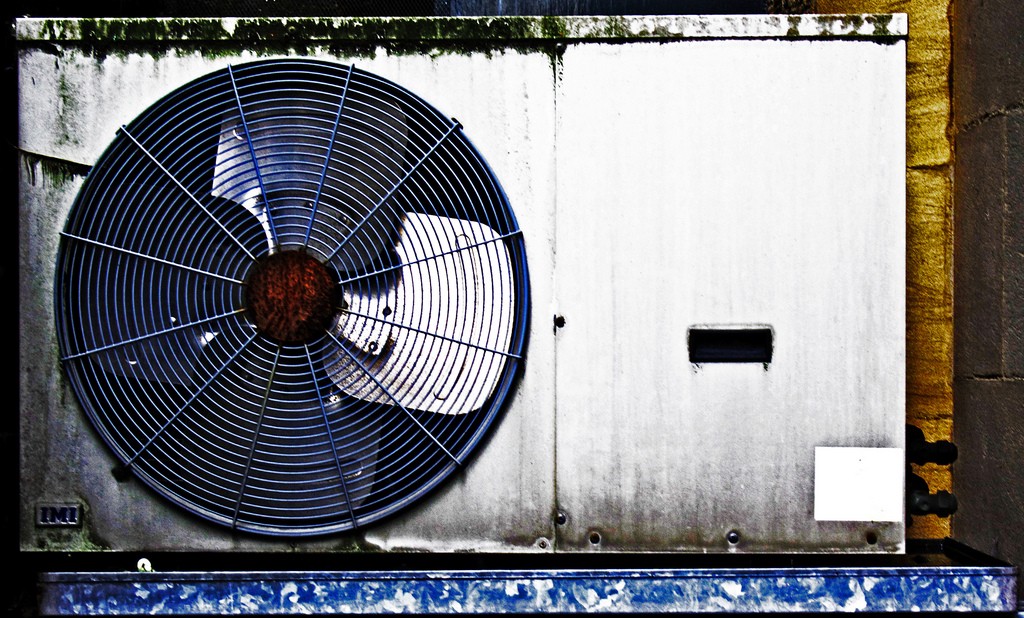

On hot July days, a district cooling system lowers the temperature of office buildings across the Swedish city of Gothenburg. A network of tubes absorbs heat from stifling conference rooms and data centers and carries it to the bottom of the cold Göta älv river that flows through the city center, bringing welcome relief to office workers.
Across Europe, 40 percent of commercial and institutional buildings have some form of cooling installed, and in the United States and Japan that figure rises to more than 80 percent. Globally, more energy is used for cooling than producing heat, and the gap between the two is expected to widen as the Earth’s average temperature rises.
Traditional air conditioning systems, however, are energy guzzlers–a typical window-box system used in the States accounts for between 60 and 70 percent of household electric bills during the summer months. District cooling systems like the one in Gothenburg offer a tempting alternative–one that uses natural bodies of water for passive cooling and then relies on waste heat on the hottest days when that isn’t enough.
“We have lots of excessive heat during the summer because the waste industries run all year round, so we use this excessive heat to create cool water,” explained Jonas Cognell from Göteborg Energi.
“By putting hot water in one end, you can get out cold water from the other end. And then that’s circulated.”
Here’s how that seemingly magical process works. Waste energy from the city’s district heating system warms a refrigerant with a very low boiling point in a low pressure environment until it evaporates, drawing heat from the surrounding area. The gas is then absorbed into another liquid, allowing more refrigerant to evaporate and continue the cooling process. The mix of refrigerant and liquid is pumped into another chamber, where it’s heated enough to evaporate out again at a significantly higher pressure. It’s then condensed through a heat exchanger to replenish the original supply of liquid refrigerant and complete the cycle.
The process needs only heat and has no moving parts, reducing maintenance costs and increasing the lifetime of equipment. Cold water produced can also be stored to even out weather-driven spikes in demand.
Right now Gothenburg’s district cooling network only covers between 50 and 100 buildings in the city center. “The customers that are wanting cooling are usually not private homes or apartments,” said Cognell. “It’s some sort of business or hospitals, for example.” But, he added, want is growing fast, and the need to reduce emissions while the world warms will give district cooling systems significant advantages over energy-hungry traditional air conditioners in the future.
That’s borne out by predictions from analysts. A recent report by MarketsandMarkets estimated the technology will be worth $29 billion by 2019, fueled by huge demand across China and India. “Emerging regions are estimated to witness growth at a steady rate during the next few years,” wrote the company. With its blend of efficiency and effectiveness, district cooling is likely to become an essential part of future life in a warmer world.


How We Get To Next was a magazine that explored the future of science, technology, and culture from 2014 to 2019. This article is part of our Power Up section, which looks at the future of electricity and energy. Click the logo to read more.
